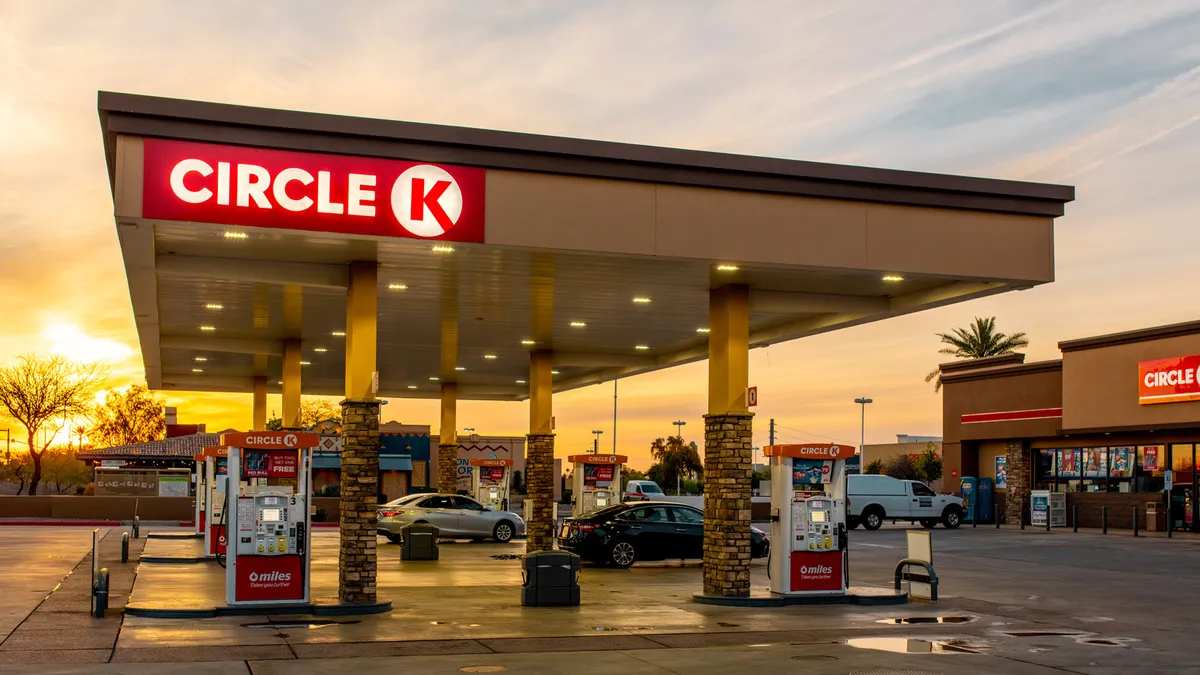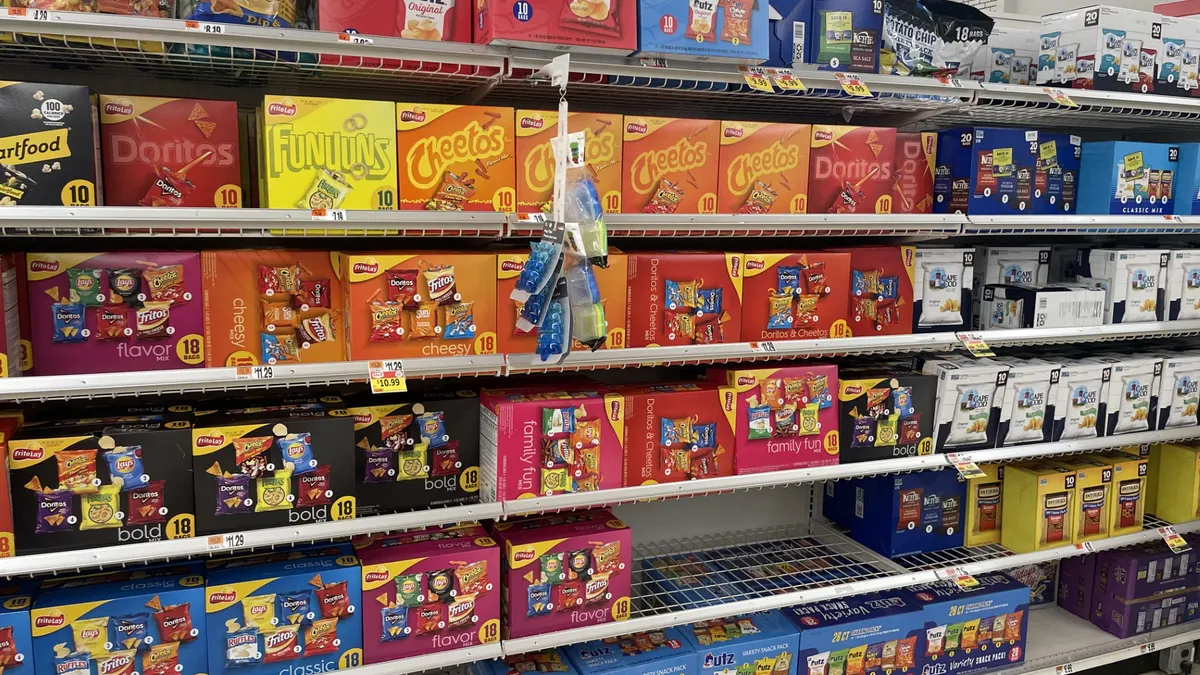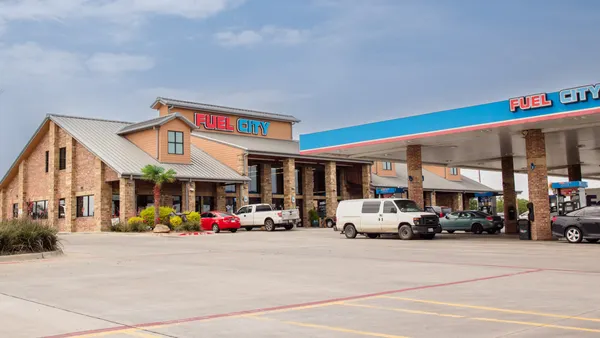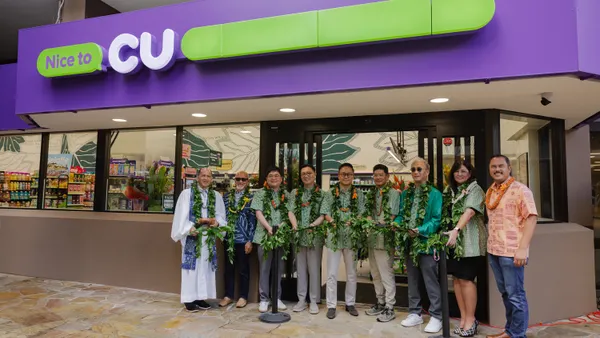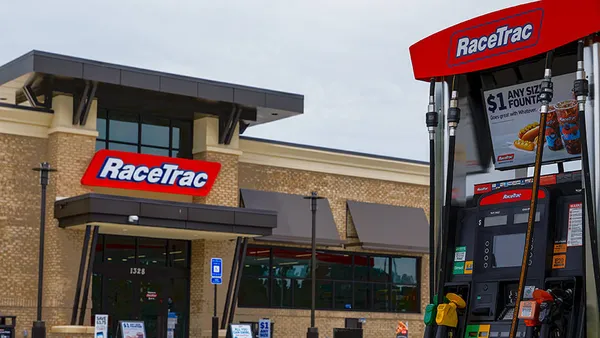3 Big Numbers is a weekly column that looks at a few key details from around the c-store industry.
The Supplemental Nutrition Assistance Program, more commonly known as SNAP, is facing numerous changes and roughly $186 billion in cuts between 2025 and 2034.
This federal program, which provides nutrition assistance to some low income, disabled and elderly U.S. residents, is being impacted by several changes President Donald Trump signed into law earlier this year, including more stringent work requirements and the elimination of some exemptions. These cuts will reduce the number of people who receive SNAP benefits, eating into sales at retail stores.
The U.S. Department of Agriculture is also allowing states to make changes to what shoppers can spend their SNAP benefits on. A recent survey from NACS and FMI-The Food Industry Association looked at the cost of implementing these changes for a variety of food retailers, including c-stores and grocers — and the numbers are eye-catching.
In this week’s “3 Big Numbers,” we look closer at these findings on the costs of SNAP’s changes.
$100 billion
U.S. SNAP funding in 2024.
SNAP is a significant program in the U.S., with allocations to participants totaling almost $100 billion in 2024, according to the USDA. That works out to just under $190 per participant per month.
Its impact is not felt evenly across the country. In four states — Louisiana, Oklahoma, Oregon and New Mexico — more than 16% of residents are on SNAP.
But while the percentage of SNAP users may not be the same for all food stores, retailers across the country will all need to update their technology to adhere to new limitations on what can be sold.
“SNAP recipients make their food purchases from traditional food retailers, so any restrictions on which foods can and cannot be purchased would have to be administered by the retailers themselves,” NACS and FMI said in the report. “Restricting food choice in this way would impose substantial costs on retailers, consumers, regulatory agencies, and the broader economy.”
The new, more granular restrictions can require more work to get in the point of sale system. Retailers also run the risk of selling forbidden items, which constitutes fraud and can result in losing the right to accept SNAP and potential prison time.
$1 billion
The expected upfront impact on c-stores to initially comply with updated SNAP standards.
NACS and FMI say the up-front costs of complying with SNAP changes will be substantial. C-stores will need to spend up to $1 billion, while grocers will spend about $305 million to comply and supercenters are facing about a $215 million outlay.
The reason c-stores are on the hook for so much is their large footprint. There are over 150,000 convenience stores in the country, compared to around 46,000 supermarkets and less than 5,000 supercenters. For c-stores, that maths out to about $6,700 per store for compliance.
NACS and FMI expect workers at c-stores will need about 120 hours to update their point-of-sale systems with SNAP changes. This will be a significant lift.
$379 million
Annual estimated costs for c-stores to remain compliant with SNAP’s updated standards.
While the heaviest lift for c-stores is getting systems in line with the new standards, the job won’t end there. The convenience retail industry expects it’ll need to spend $379 million annually to stay in compliance.
“For convenience stores and small-format grocery stores, the most important ongoing costs are likely to be the additional labor-hours associated with stocking, replenishment and labeling requirements under the proposed regulations,” according to NACS’ and FMI’s report.
This burden could affect c-stores in some areas more than others because states can impose more stringent rules on what participants can buy with SNAP benefits — and retailers in those areas will need to make updates every time those rules change.





